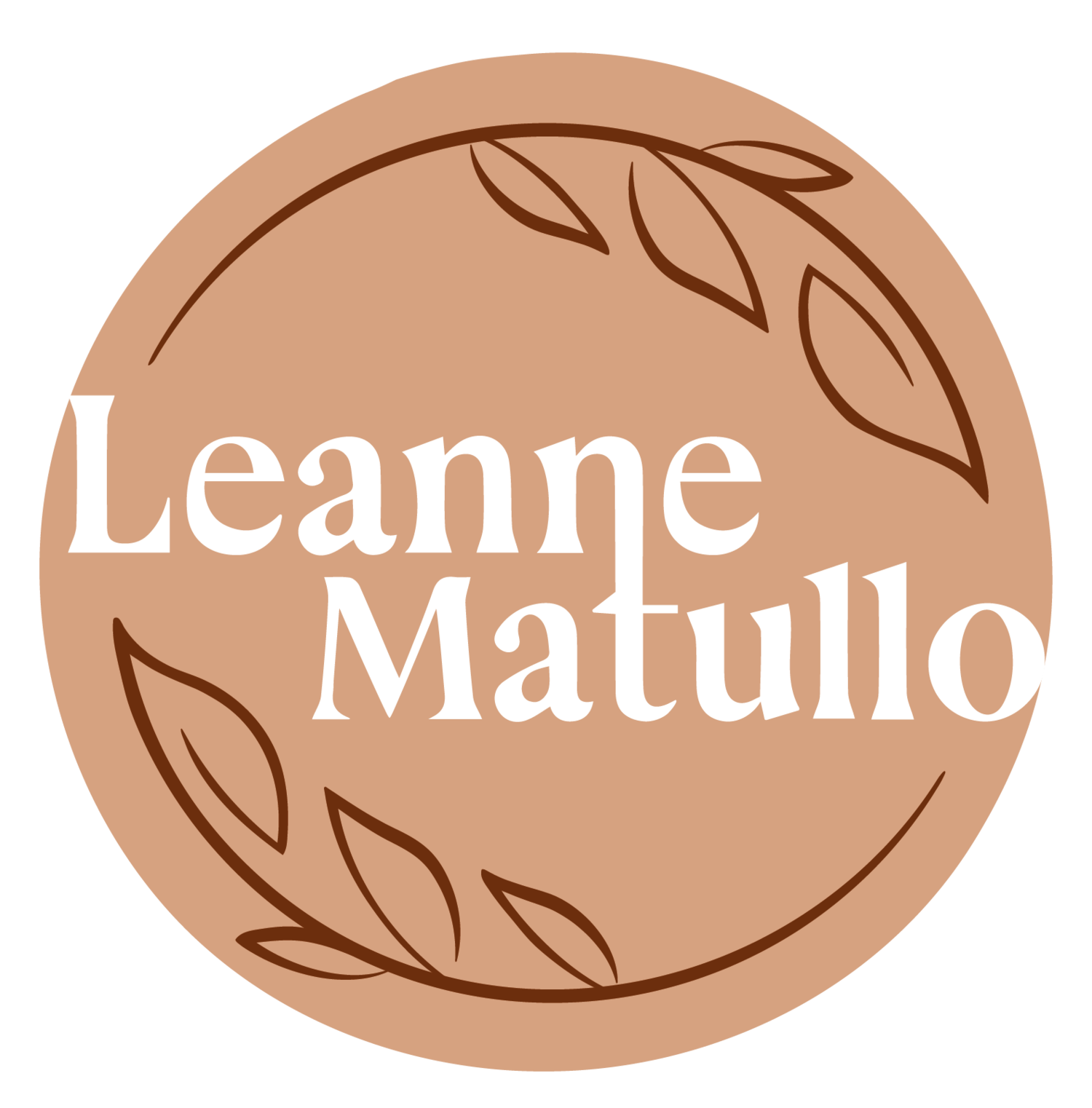The Essential Guide to Nourishing Movement: Part 1
Did you know that there are three planes that our bodies can move in?
The Sagittal Plane (which splits your body into left + right)
The Coronal/Frontal Plane (which splits your body into front + back, i.e. anterior + posterior)
The Transverse Plane (which splits the body into upper half and lower half, i.e. superior and inferior)
The problem is, throughout our days we get stuck in moving into just one plane, which would likely be along the Sagittal (unless you move like a crab, scurrying from side to side). Moving along the Sagittal plane looks like walking while swinging the arms forward and back, running, sitting at a computer and typing, bending over to care for children, cooking. Yoga poses moving along the Sagittal plane are postures like Chair and Warrior 1. Get the idea?
Yet our bodies crave movement in all directions, and they DO NOT feel good when we don't. Our bodies want to take up space along the Frontal plane, like in Warrior 2. They want to twist along the Transverse plane, like in a Revolved Low Lunge.
And, they want to move with the joints of the body. Rolling through the ankles and wrists. Spiraling through the ball and socket joints of the hips and shoulders. Gliding along the hinge joints of the knees and elbows. And gently rotating around the pivot joint of the neck. Not only that, but we also want to pay attention to the fascia, or the connective tissue that gives the body its shape and allows the muscles and bones to not get caught up on each other.
A yoga practice (or any movement pattern) just doesn't feel the same if it's very linear, meaning moving in mainly one plane or with an emphasis on solely musculature and alignment. It also doesn't allow the body to express itself.
It's time to explore the Circular.
A circular practice keeps in mind:
Movement in all planes of the body
Movement into the joints or range of motion
The expression and release of the fascia
And, why is a circular practice beneficial? From a physical perspective:
It emphasizes better range of motion, rather than solely flexibility or strength, which is crucial to being healthy in our bodies on a day to day basis
It works with the fascia in the body to allow more expansive breath patterns
Better breathing = less anxiety + lower stress levels immediately by activating the parasympathetic nervous system (i.e. our rest and digest state, rather than fight/flight/freeze)
Promotes physical self-expression, literally allowing the body to shake off stressors, heaviness, and stagnation
Creates more opportunities to utilize full core strength (the back, abdominals, and sides of the torso)
It's FUN!
Tomorrow, I'll be sharing Part 2 of this conversation: How a circular practice/nourishing movement can benefit the mind.
Tell me, is your practice more linear or circular? Have you thought about it?
With love,
Leanne

